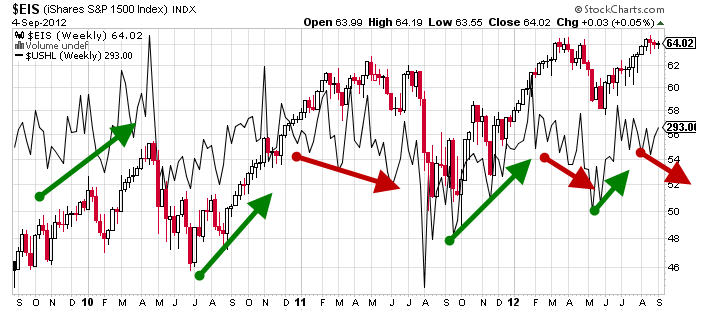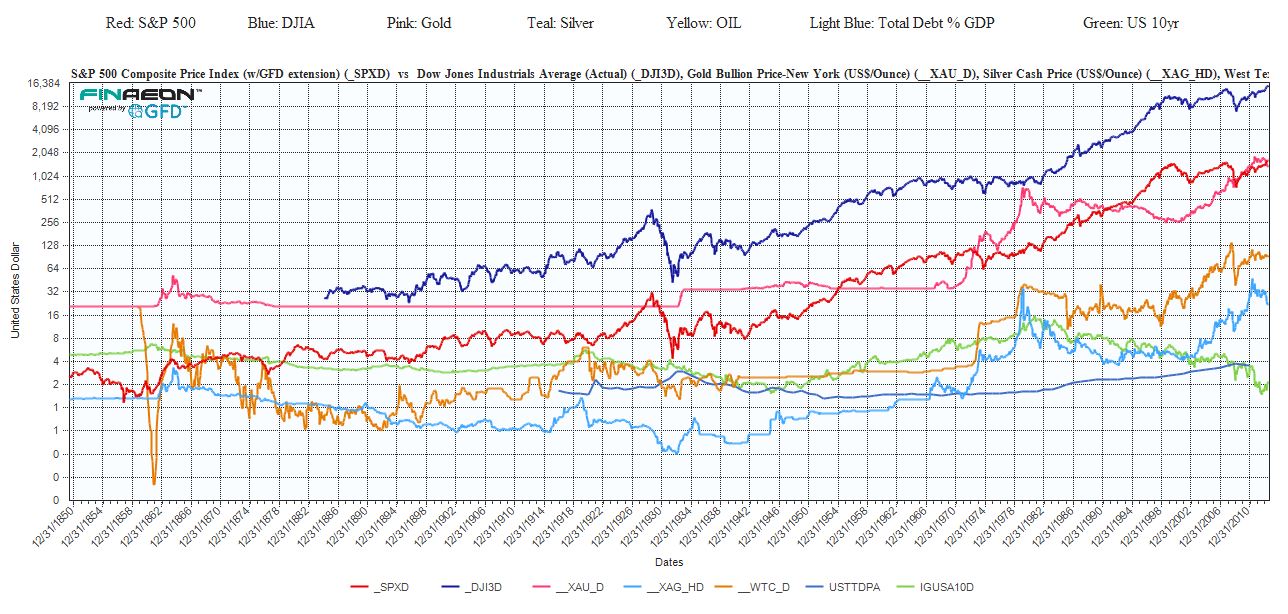by Michael Tarsala, CMT
A stock market rally into the latter months of 2012 looks iffy, at best, judging by the latest chart of market breadth.
You’ll hear market analysts on TV talk about breadth from time to time. There are many different ways to measure it, but all of them attempt to gauge the number of stocks that are taking part in a market move higher or lower. A trend with a lot of breadth is considered to be a lot more reliable than a trend without it.
Breadth can also help identify market turning points. Breadth that is moving in the opposite direction of a stock market trend can sometimes come ahead of a change in price direction.
The number of stocks making new highs and/or new lows is one of the most common breadth measures.

Source: Stockcharts.com
In this chart above, the broad S&P 1500 Index is in black and red.
The solid black line marks the number of new highs in the market, relative to new lows.
Rallies marked in green saw improving breadth — a greater number of stocks making new 52-week highs. You’ll notice that they marked the strongest rallies in recent years.
The red arrows, however, are periods where breadth was doing something different than the S&P 1500.
The first such instance was in early 2011. Breadth began to form a series of lower lows. Stocks continued to rally through the early breadth decline. Yet it soon became clear that they were in the process of forming a topping pattern during this period. The S&P 1500 eventually began to decline in July.
Early this year there was a similar phenomenon. Breadth began declining in February and March while stocks were still climbing. Breadth again won out: Stocks topped out shortly thereafter.
Stocks are rallying strongly again since lows this year in May. But in recent months, breadth again is telling a different story. You’ll notice a series of lower highs and lower lows for market breadth.
At minimum, it’s a warning that the continued stock rally is not a healthy one.



